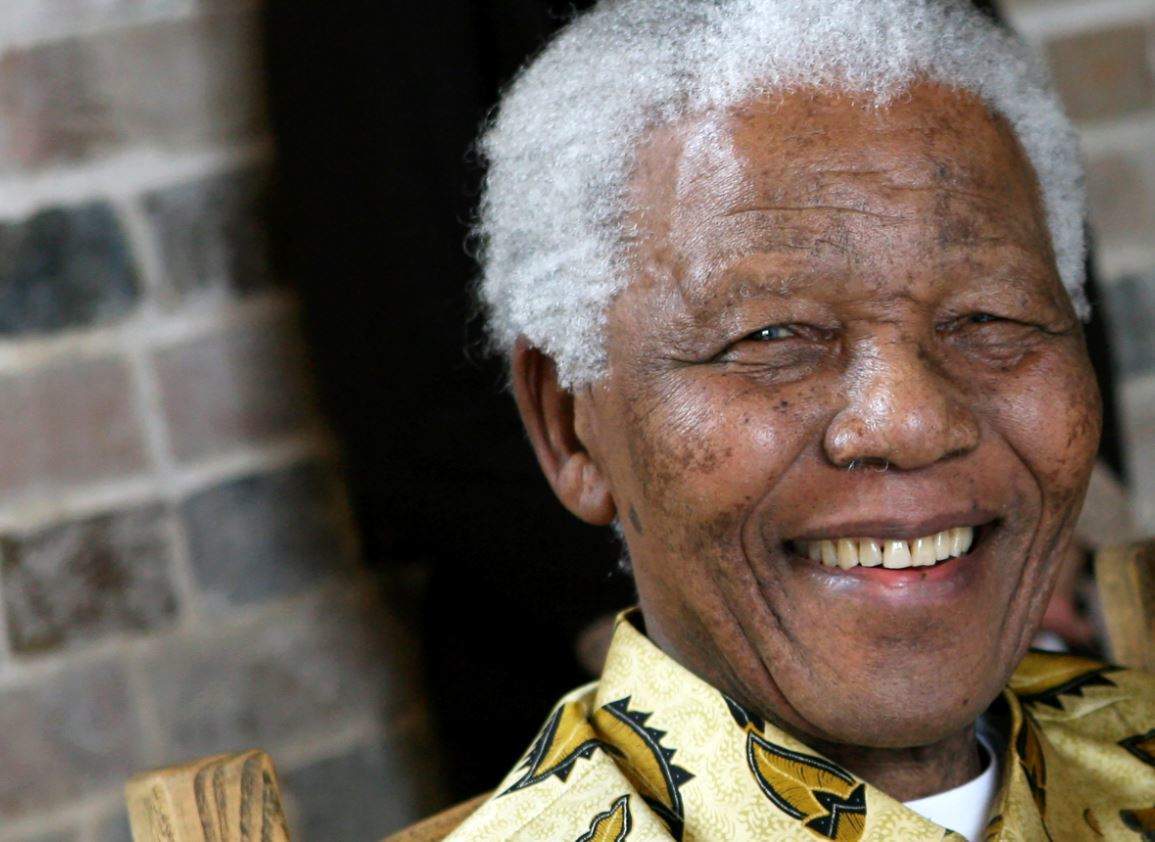
As the world today marks the Nelson Mandela’s 100th birthday Verdict has taken a look at South Africa’s progress since his election as president in 1994.
Mandela Day is a celebration of Mandela’s life and legacy. It was declared by the UN in November 2009 in recognition of Mandela’s contribution to peace and freedom. Mandela is remembered for his work as a human rights lawyer, an international peacemaker and the first democratically elected president of a free South Africa.
The Nelson Mandela Foundation is dedicating this year’s Mandela Day to action against poverty honouring Mandela’s leadership and devotion to fighting poverty and promoting social justice.
People are encouraged to mark the occasion by trying to make a difference in their own communities, take action and inspire change.
South Africa’s progress since the end of apartheid
Mandela was elected the first President of democratic South Africa in 1994 and South Africa has remained democratic ever since.
Verdict has examined some of the key economic and human indicators of development in South Africa from 1990 to today. South Africa has improved across most economic indicators, significantly GDP, and the Human Development Index. However, South Africa remains weak on issues of income and racial inequality as well as employment.
GDP – improved
GDP is a standard measure of progress and development. It measures total economic production and the market value of all goods and services.
South Africa’s GDP has risen from $115.55bn in 1990 to $295.76bn in 2016.
GDP per capita has also increased from $3,140.59 in 1990 to $5,273.59 in 2016.
GDP growth rate was negative in 1990 at -0.3% but GDP grew in 2016 at a rate of 0.6%, according to the latest data from the World Bank.
Unemployment rate – worsened
South Africa’s unemployment rate has increased from 18.784% in 1990 to 25.1% in 2014.
Income inequality – worsened
The Gini coefficient is a measure of income inequality that condenses the entire income distribution for a country into a single number between zero and one. The higher the number, the greater the degree of income inequality.
South Africa’s Gini coefficient remains weak, according to the World Bank, with the country being one of the most unequal. It has become more unequal since 1993 when the Gini coefficient was 0.59 as opposed to 0.63 in 2014.
Racial Inequality – improved but remains high
Examining these indicators within the population of South Africa reveals there is still a significant racial divide, with white South Africans enjoying a substantially higher quality of life than other races.
For example, the unemployment rate is 40.9% for black South Africans compared to 8.6% for whites. Similarly, 63.3% of white households spend more than R10,000 ($750) per month, compared to 8.1% for black households, according to a report by the South African Insitute of Race Relations quoted by HuffPost in 2017.
HDI (Human Development Index) – improved
The Human Development Index emphasises the human aspect of country development, not just economic growth alone. HDI is a summary measure of average achievement in key dimensions of human development: a long and healthy life, being knowledgeable and having a decent standard of living. The health dimension is assessed by life expectancy at birth, the education dimension is measured by average years of schooling for adults aged 25 years and more and expected years of schooling for children of school entering age. The standard of living dimension is measured by gross national income per capita.
In 1990, South Africa’s HDI was 0.621. In 2015 it has improved slightly to 0.666 increasing South Africa’s rank by two places to 119th out of 188 countries.
Formal Housing – improved
The percentage of the urban population living in slums has halved from 46% to 23% from 1990 to 2014, according to the World Bank.
Murder Rate – improved but remains high
The murder rate per 100,000 people has almost halved in 20 years from 1995 to 2015. In 1995 the murder rate was 65, whereas in 2015 it was 34, again according to the World Bank.
However, compared to the US, which had a murder rate of five per 100,000 people in 2015, this remains high.
Corruption Perceptions Index – remained similar
Transparency International’s Corruption Perceptions Index ranks 180 countries by their perceived levels of public sector corruption according to experts and business people. It uses a scale of zero to 100, where zero is highly corrupt and 100 is very clean. Two-thirds of countries score below 50, with an average score of 43.
South Africa was ranked 21st of 42 countries on the index in 1995. It is currently ranked 71/180 with a score of 43/100.
Press Freedom Index – worsened
The World Press Freedom Index was created in 2002 to measure the level of freedom available to journalists across 180 countries. It is based on an evaluation of pluralism, independence of the media, quality of legislative framework and safety of journalists in each country.
When the index was started in 2002, South Africa ranked 26th and it now ranks 28th.







